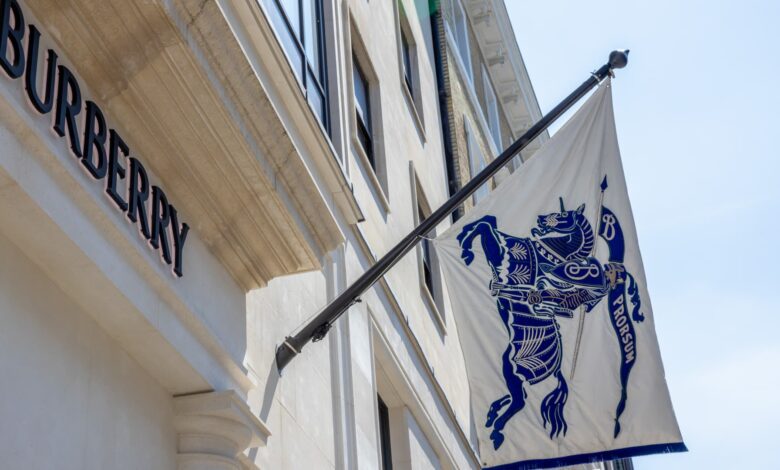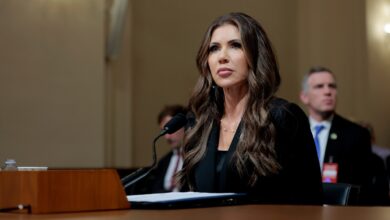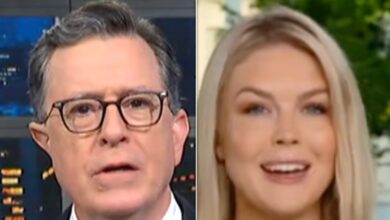Burberry (BRBY) earnings Q4, FY 2025

An Equestrian Knight Device logo on a flag outside the Burberry Group Plc luxury boutique in London, UK, on Tuesday, May 13, 2025.
Bloomberg | Getty Images
Burberry revealed a series of organizational changes on Wednesday, as part of its ongoing efforts to turn around the struggling luxury brand.
The company stated that these changes may result in a “reduction in people-related costs affecting around 1,700 positions globally” by 2027.
The initiatives, which involve cost reductions in procurement and real estate, are expected to generate savings of £60 million ($79.9 million) and represent the next phase of CEO Joshua Schulman’s strategy to rejuvenate the iconic British label. This follows previous cost-saving measures of £40 million announced in November, bringing the total estimated savings to £100 million.
The job cuts will impact approximately 20% of Burberry’s total workforce, with most of the reductions occurring in office-based positions, as well as in stores and at the Castleford factory in England.
Following the announcement, Burberry’s shares surged by 8.5% at the opening of the London market.
In the fourth fiscal quarter, Burberry’s sales declined by 6% in the three months ending in March, slightly better than the anticipated 7% drop according to analysts’ consensus estimates.
For the fiscal year, sales decreased by 12%, outperforming the projected 13% decline. Total revenue for the year reached £2.461 billion ($3.273 billion), slightly exceeding the estimated £2.451 billion.
Sales declined across all regions throughout the year and the quarter, with Asia-Pacific experiencing the most significant weakness. The Americas, which had shown positive performance in the third quarter, saw a 4% decline in sales in the final quarter of the fiscal year.
While the U.S. market had previously been a bright spot for Burberry, the company cited increased uncertainty in the macroeconomic environment due to geopolitical developments.
In a statement, Schulman expressed optimism about the future of Burberry despite the challenging market conditions and ongoing turnaround efforts.
The company refrained from providing specific guidance on the potential impact of U.S. tariffs but highlighted the risks associated with geopolitical tensions.
Burberry’s CFO, Kate Ferry, noted the dynamic nature of the tariff situation and emphasized the company’s ability to adapt to changes in the business environment.
Schulman’s urgent corrective plans announced in November aimed to address a period of underperformance and instability at Burberry, which has undergone multiple management changes.
This strategic transformation represents the latest chapter in the storied history of the 169-year-old fashion house. Schulman, who took the helm in July after joining from Michael Kors, is the brand’s fourth CEO in the past decade.
While analysts acknowledge the challenges facing Burberry, they question the timeline for Schulman’s initiatives to yield positive results.
Jefferies highlighted the gradual progress of Burberry’s turnaround efforts, noting the brand’s focus on timeless products like the signature trench coat and the creative direction under David Lee.
“Burberry’s iconic trench coat, while a symbol of the brand, presents a unique business challenge. As a long-lasting product, it limits repeat purchases compared to trend-driven items that drive recurring sales,” commented Yanmei Tang, analyst at Third Bridge.





